Design Technology
We believe that every pupil should develop their skills and knowledge in design, structures, mechanisms, electrical control and a range of materials, including food. Design and Technology encourages children's creativity and encourages them to think about important issues. We don’t just learn in the classroom, we learn at Forest School, outdoors at gardening club and during CUSP DT festivals. We are able to share our creations with families by taking our creations home and sometimes even providing our dinner!
At Shankhill School, we will ensure our children become creative designers by making sure they meet the National Curriculum expectations, to:
- develop the creative, technical and practical expertise needed to perform everyday tasks confidently and to participate successfully in an increasingly technological world
- build and apply a repertoire of knowledge, understanding and skills in order to design and make high-quality prototypes and products for a wide range of users
- critique, evaluate and test their ideas and products and the work of others
- understand and apply the principles of nutrition and learn how to cook
All teachers provide inclusive, quality first teaching in DT by planning and delivering engaging and effective teaching and learning for their class. In Shankhill School, we follow the National Curriculum and primarily use the CUSP Scheme of Work as a guide to support teachers with their planning and assessment.
Working as a Designer
- Design: The art or process of deciding how something will look or work
- Make: Create something by combining materials or putting parts together.
- Evaluate: Form an opinion of the value or quality of something after careful thought.
- Apply: Use something or make something work in a particular situation
In Early Years, pupils explore and use a variety of media and materials through a combination of child initiated and adult led activities. Teachers plan DT activities linked to each topic. Child interests are also explored when they arise and are supported through planning.
- Indoors: Construction kits: small and large, junk modelling, deconstruction building, mobilo, duplo, Lego, wooden blocks, stickle bricks, K’NEX, straws and connectors. Cutting and joining resources: scissors, hole punches, hammers, nails, glue, sellotape, treasury tags, ribbon, split pins, wool and string. Media: paper, card, bags, cardboard boxes, trays. Embellishments: sequins, glitter, buttons, threads, pom poms, wool, ribbon, stickers.
- Outdoors: Planks of wood, tyres, den building poles, fabric, canes, crates, pegs, ropes and reels.
In key stage 1, pupils are taught the knowledge, understanding and skills needed to engage in an iterative process of designing and making. They work in a range of relevant contexts [for example, the home and school, gardens and playgrounds, the local community, industry and the wider environment]. They will learn about the work of a range craft makers and designers.
Learning in key stage 2, pupils will be taught the knowledge, understanding and skills needed to engage in an iterative process of designing and making. They should work in a range of relevant contexts [for example, the home, school, leisure, culture, enterprise, industry and the wider environment]. They will learn about the work of a range craft makers and designers.
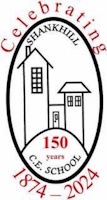


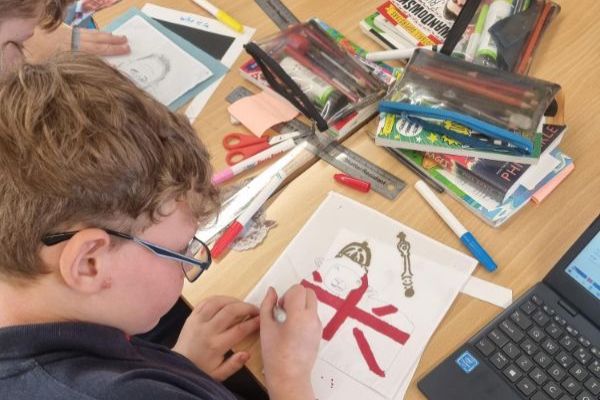
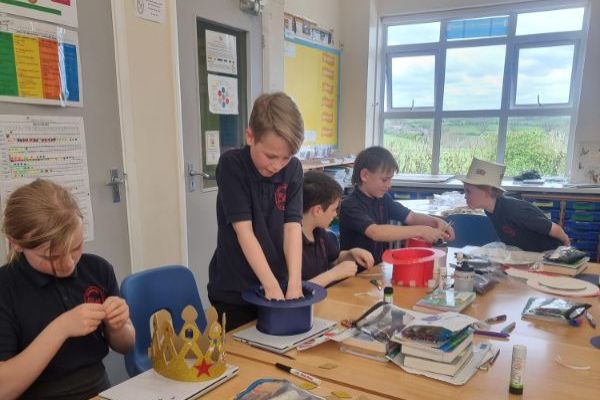
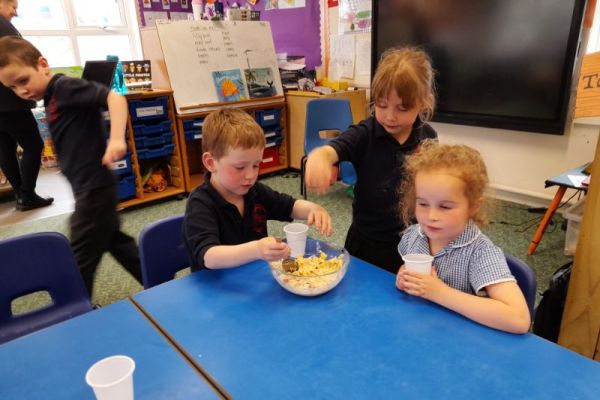
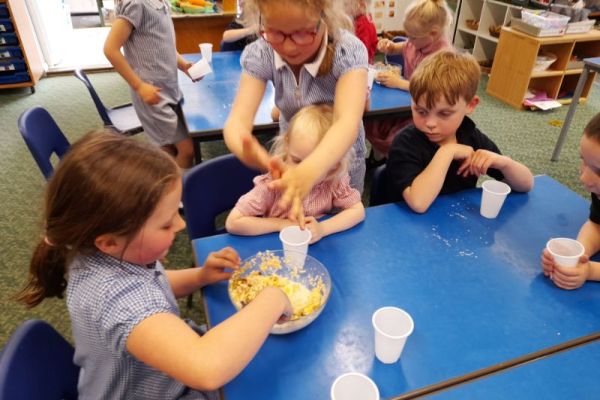
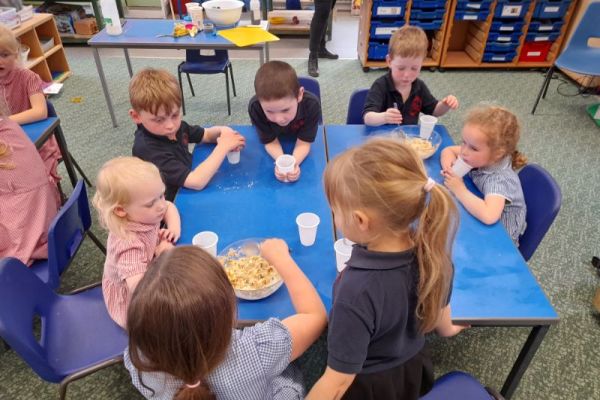
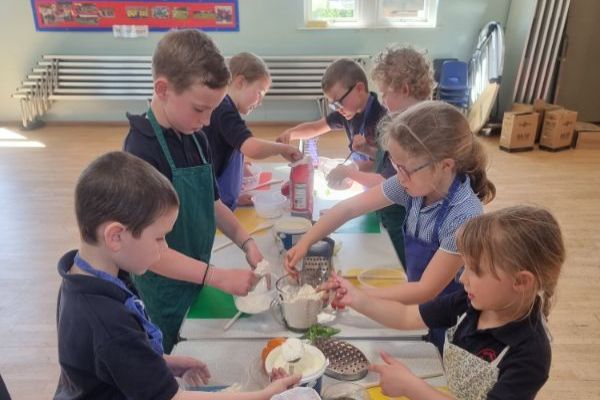
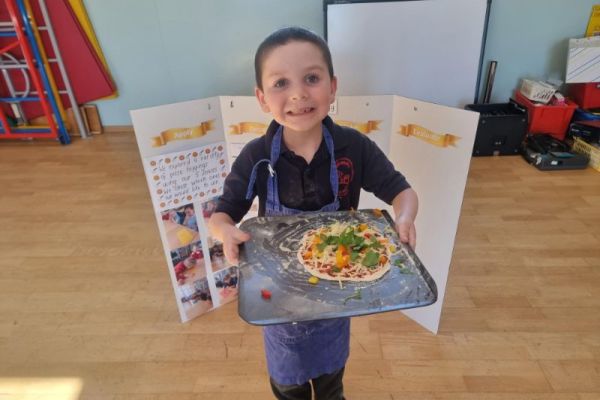
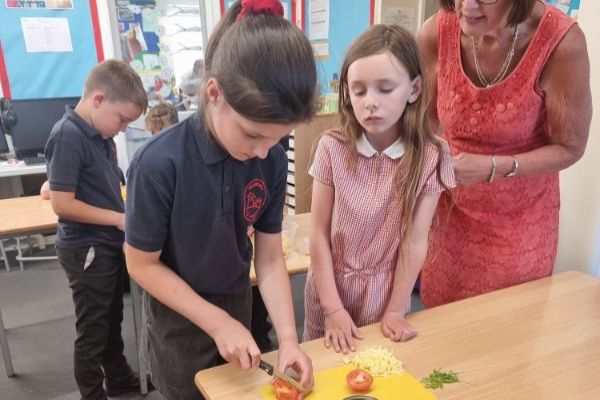
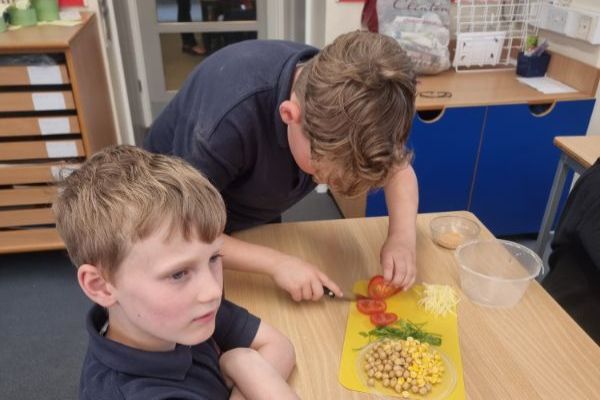
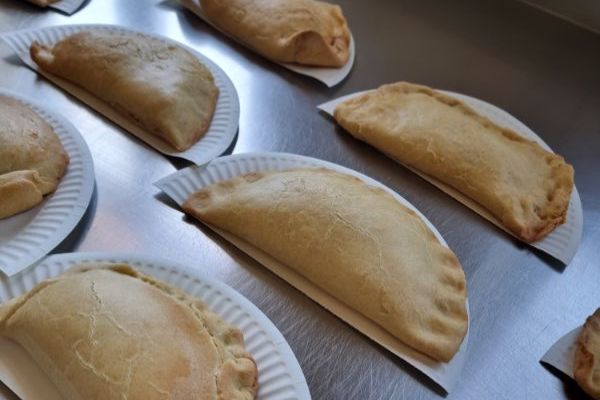
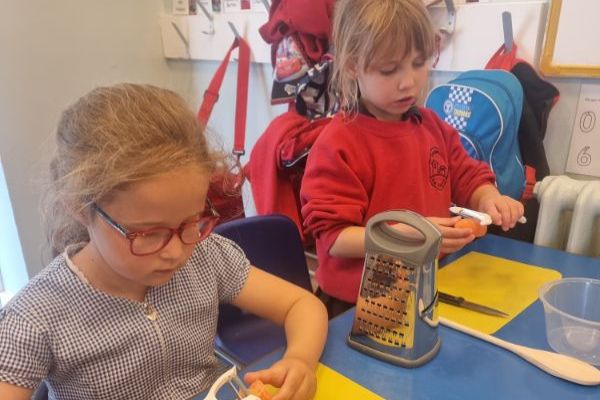
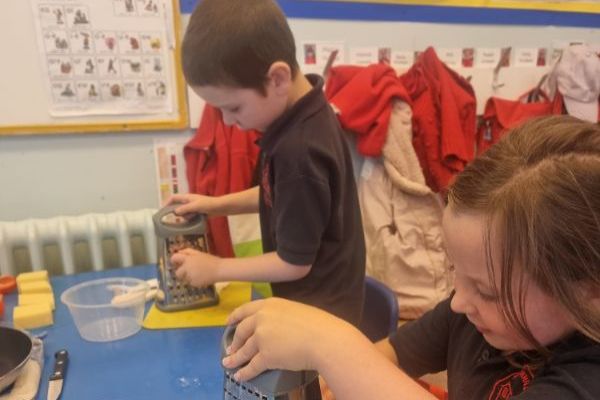
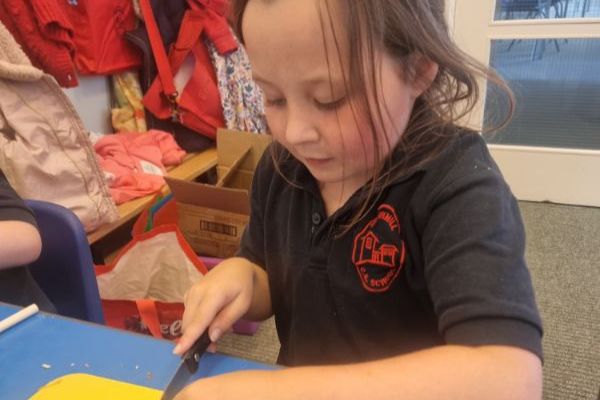
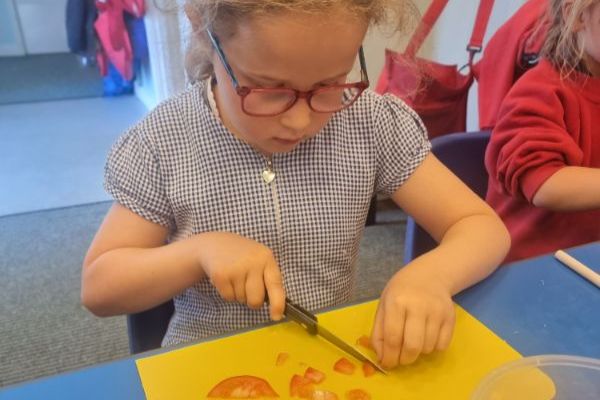
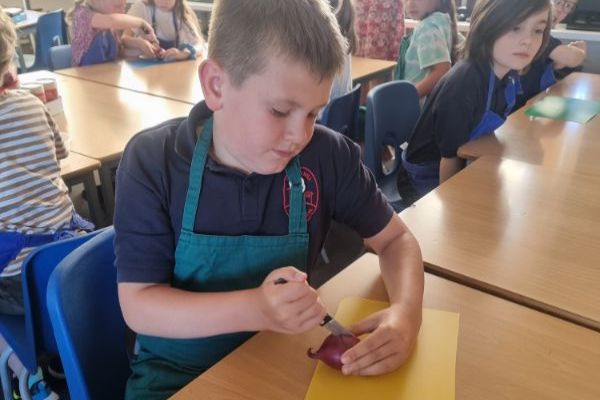
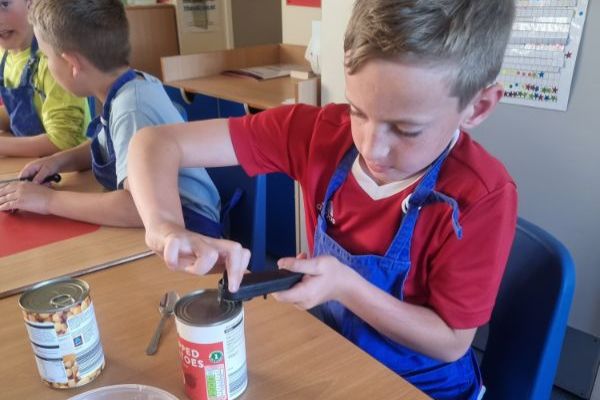
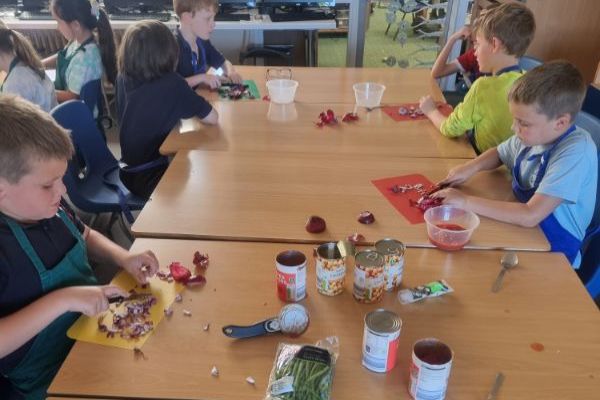
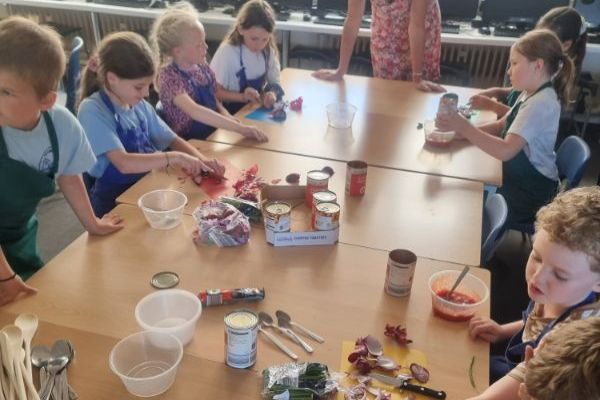
 DT Core Content and Progression
DT Core Content and Progression